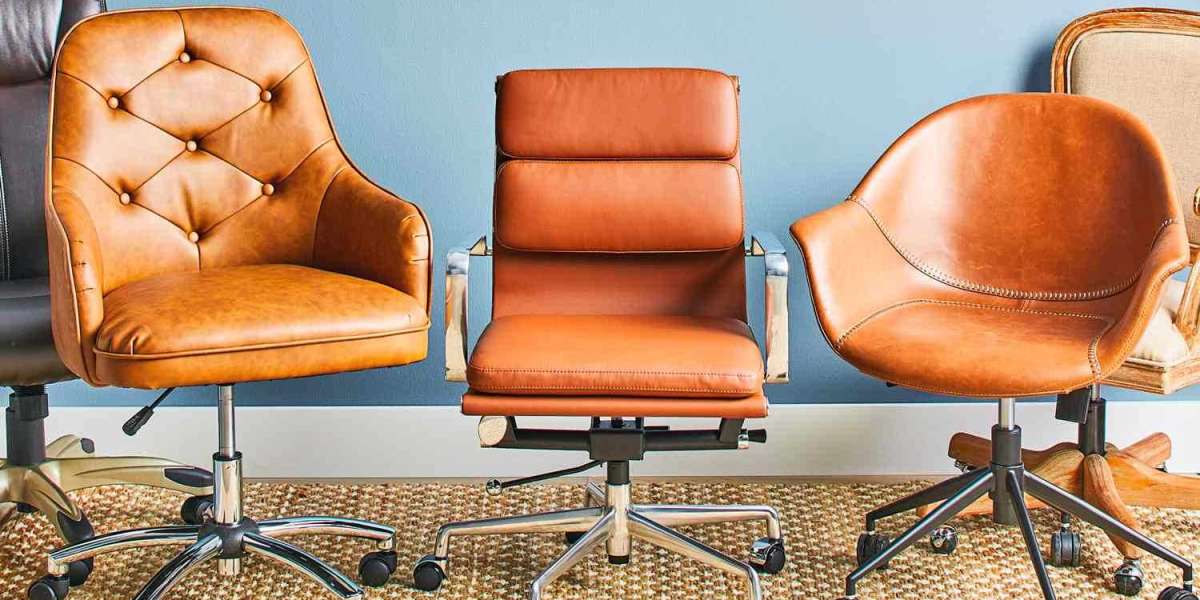Designing a collaborative workspace requires careful thought about how people interact, communicate, and move within the office. Flexible furniture is a critical component, as it allows you to create adaptable spaces that can accommodate a variety of work styles, whether it’s group brainstorming, individual focus, or impromptu meetings. Here’s a guide on how to design a collaborative workspace using flexible furniture that promotes teamwork, creativity, and productivity.
1. Understand Your Workspace Needs
Before you start selecting furniture, it’s important to assess the needs of your team. Consider the types of tasks your employees engage in daily, and how much of their work involves collaboration versus individual focus. The balance between these needs will shape your design.
- Collaboration Zones: These areas should be designed for group discussions, brainstorming sessions, and meetings.
- Quiet Zones: To support focus work, include some quieter, more private spaces away from collaborative areas.
- Social Spaces: Relaxation areas or lounges where employees can casually interact help foster informal collaboration and team bonding.
Key Considerations:
- How often do teams meet?
- How much space is needed for collaboration versus focus?
- What types of technology will the furniture need to support?
2. Choose Modular and Movable Furniture
Flexibility is the key to a collaborative workspace, and modular furniture offers the versatility to reconfigure spaces easily. This type of furniture can be rearranged to suit different tasks or group sizes, enabling dynamic use of the office.
- Modular Desks and Workstations: Desks that can be pushed together for group work or separated for individual tasks are ideal for a collaborative office. These allow the workspace to evolve as the team grows or projects change.
- Movable Tables: Lightweight, movable tables enable teams to quickly rearrange their environment. These tables can be easily shifted for group meetings, then separated again for individual work.
- Mobile Whiteboards: Moveable whiteboards are great for brainstorming sessions and can be moved to different areas of the office as needed.
Benefits:
- Easy reconfiguration for different group sizes and tasks
- Enhances flexibility in shared spaces
- Supports both individual and team-focused work
3. Incorporate Collaborative Seating Options
Seating plays a significant role in promoting collaboration. Instead of the traditional desk and chair setup, collaborative workspaces benefit from a variety of seating arrangements that encourage conversation and group interaction.
- Modular Sofas: Configurable sofas allow teams to sit together in more casual, comfortable settings. They can be rearranged to form larger seating areas for group discussions or broken up into smaller units for smaller teams.
- Standing Meeting Areas: High-top tables or standing desks encourage quick meetings and movement, fostering spontaneous collaboration. Standing areas are great for brief check-ins or brainstorming sessions.
- Stools and Ottomans: Lightweight seating options like stools or ottomans can be easily moved and are ideal for informal meeting spaces or break-out areas.
Benefits:
- Encourages spontaneous meetings and casual collaboration
- Provides seating that can adapt to group sizes
- Creates a more relaxed, open atmosphere for idea sharing
4. Create Zones for Different Types of Collaboration
Not all collaboration looks the same. Some tasks require intense focus and small-group discussions, while others thrive in open, energetic environments. Use flexible furniture to create different zones that cater to various types of collaboration.
- Open Collaboration Areas: Use large communal tables, comfortable seating, and movable furniture to create spaces where larger teams can meet and collaborate openly. These zones should feel welcoming and facilitate free-flowing conversation.
- Focus Pods: For teams working on more complex projects that require concentration, smaller pods with semi-enclosed seating or soundproof partitions can create a balance between collaboration and focus.
- Breakout Spaces: Encourage small-group discussions with breakout spaces furnished with movable seating or low tables. These zones offer a more casual setting where team members can engage in creative discussions.
Benefits:
- Allows for different modes of collaboration (open, focused, creative)
- Tailored spaces for both small and large groups
- Enhances the ability to shift between focus and collaboration easily
5. Maximize Flexibility with Multi-Purpose Furniture
Multi-purpose furniture is essential in making the most of your office space while keeping it adaptable for collaboration. Furniture that serves multiple functions helps to save space and costs, all while supporting different types of work activities.
- Foldable Desks and Tables: Foldable desks or tables can be quickly tucked away when not needed, freeing up space for team meetings or collaborative work sessions.
- Convertible Seating: Chairs that can be adjusted or converted into different forms, such as lounge chairs or stools, can serve both formal meetings and casual gatherings.
- Storage with Seating: Storage benches that double as seating provide both functionality and a place to sit during collaborative discussions.
Benefits:
- Maximizes the use of limited space
- Reduces the need for purchasing additional furniture
- Supports both formal and informal collaboration settings
6. Integrate Technology-Friendly Furniture
Technology is a vital component of modern collaborative workspaces. Choose furniture that integrates technology seamlessly to facilitate smooth collaboration and reduce disruptions.
- Power-Enabled Tables: Desks and tables with built-in power outlets and USB charging ports allow teams to stay connected and productive without hunting for wall sockets.
- Smart Whiteboards: Incorporating digital or smart whiteboards can help teams capture ideas more efficiently and share them with remote workers or other teams. Many smart boards also allow for interactive collaboration.
- Monitor Stands and Movable Screens: Movable screens or monitor stands can be easily moved to different areas of the office, enabling team members to share presentations or visuals in real-time during brainstorming sessions.
Benefits:
- Makes it easy to integrate technology into the workspace
- Supports remote or hybrid teams
- Streamlines collaboration with tech-ready furniture
7. Incorporate Natural Elements to Boost Creativity
Natural elements, such as plants and natural light, can enhance creativity and collaboration by creating a calming and stimulating environment. Incorporating biophilic design elements in your collaborative workspace can make the environment feel more inviting and boost overall well-being.
- Green Walls and Plants: Place movable plant dividers or green walls throughout the office to create separation between different work zones while still keeping the space feeling open and lively.
- Natural Light: If possible, arrange flexible workstations near windows to make the most of natural light. Use light furniture and glass partitions to allow light to flow freely through the space.
- Wood and Natural Materials: Incorporate furniture made of natural materials like wood or bamboo to bring a sense of warmth and tranquility to the workspace.
Benefits:
- Promotes a positive, relaxed atmosphere for collaboration
- Boosts creativity and productivity
- Improves overall employee well-being and satisfaction
8. Encourage Movement with Dynamic Layouts
A collaborative workspace should encourage movement and fluidity. Static layouts can limit creativity and spontaneous collaboration, while dynamic, flexible layouts make it easy for employees to shift between different modes of work.
- Open-Plan Layouts: Use movable partitions, lightweight furniture, and open-plan layouts to allow employees to move freely between individual workspaces and collaborative zones.
- Mobile Workstations: Provide employees with the option of mobile workstations or standing desks that can be moved throughout the office. This flexibility encourages movement and a more dynamic approach to work.
- Activity-Based Zones: Create different zones based on activities—quiet zones for focus, lounge areas for relaxation, and open areas for collaboration. This allows employees to move to the zone that best suits their work at any given time.
Benefits:
- Encourages physical movement, which boosts creativity and energy
- Promotes a more active and engaging work environment
- Allows teams to adapt the space to their immediate needs
Conclusion
Designing a collaborative workspace with flexible furniture can greatly enhance team dynamics, creativity, and productivity. By choosing modular, movable, and multi-functional furniture, you can create a dynamic environment that adapts to the changing needs of your team. Incorporating technology-friendly and natural elements further enhances the space, making it both practical and inspiring. A well-designed collaborative workspace fosters communication, creativity, and connection—essential ingredients for any successful business.








